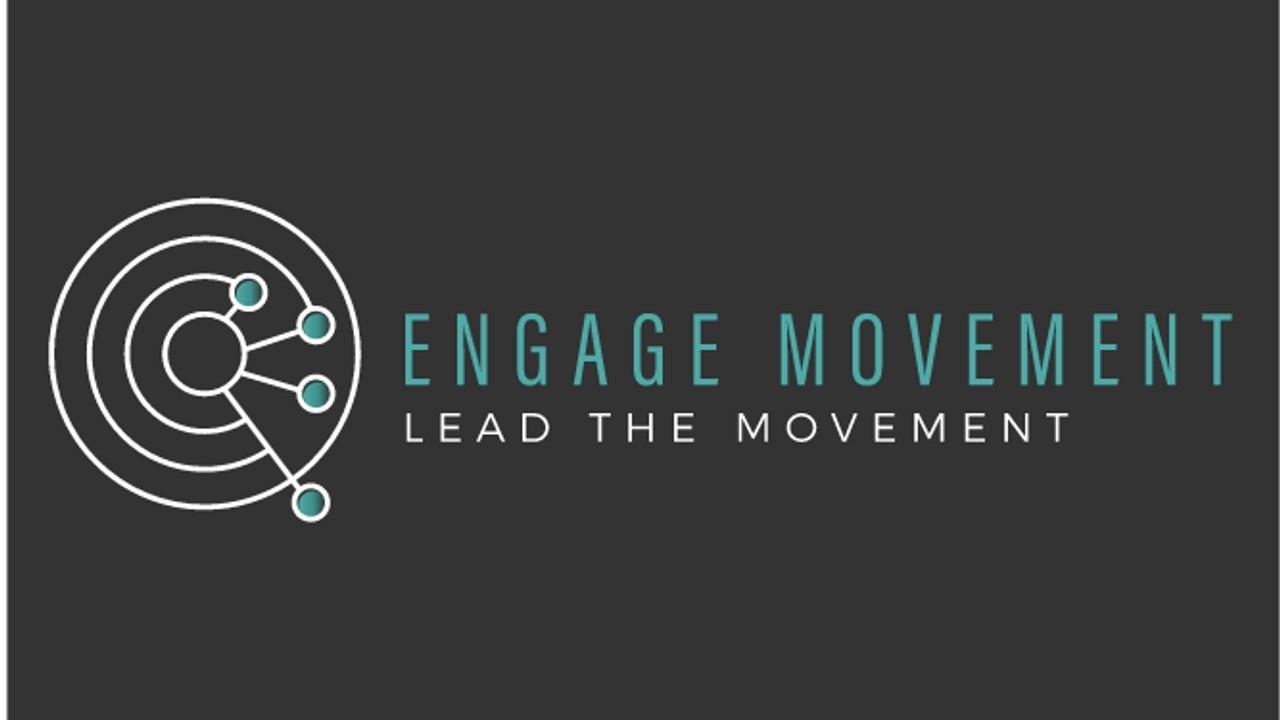Leveraging Technology to Manage the “In-Between”
Oct 31, 2022
Every service industry has an “in-between”. That period of time between appointments where the client is out on their own navigating scenarios by themselves. In the Physical Therapy realm, this might look like completing home exercise programs, making self-selected modifications to their workouts, or performing other recreational activities without guidance. In fitness, this might look like indulging in other fitness modalities, creating at-home workouts when they can’t make it to the gym, and similarly to PT, recreational activities such as hiking, biking, or sports.
So how do we as coaches and rehab professionals operating in a service-based industry level up our management of the “in-between”? The answer is simple, technology. When you look at the technical revolution that’s happening around the world, fitness has started to slowly adapt, but the Rehabilitation space, including Physical Therapy and Chiropractic, might just be dead last.
One of the biggest reasons for pushback to digitalization is the high value associated with in-person services. No doubt, this type of service is valuable in both perception and execution, but it is also time-expensive and often, underpriced. This leaves the service provider in a situation that requires taking on more energy-expensive volume to offset. But in my opinion, we need to leverage technology, not use it to replace in-person services.
Let’s take these two industries, rehab, and fitness, and highlight what they both do well.
In the rehab space, there is a valuable process of providing a prognosis as well as an anticipated timeline back to activity. This allows the provider to pitch and sell a “plan of care” instead of a “package” of visits. Labeling your offer as such elevates the value immediately as it seems to better encompass the solution to the problem. But, the rehab industry is leaving behind critical touch points during the in-between, especially in low-frequency visit models such as cash-based clinics that are used as a selling point. This creates a paradox. A need to see the client less, and thus, a lower overall cost to the client vs traditional care. Good for the consumer, bad for business.
The fitness realm understands the in-between and has long offered paid “accessory programs”. These programs have allowed for client’s work to be controlled in both volume and type as well as designed to solve a specific problem. The fitness realm also has the advantage of the problem of “fitness” spanning a lifetime. This is why you see members consistently working with personal trainers and staying loyal to some type of paid fitness option over their training lifespan.
How do we take the best of both worlds and make an offer so good you can’t refuse?
Rehab professionals must start leveraging technology AND charge for it! This is valuable to both YOU and the consumer. It’s time to stop giving away our expertise simply because our desire to help is so great. Your clients want to pay for your service. Sometimes, all this means is reassessing your pitch and including this new service in the offer. Lastly, the profession needs to understand the lifecycle of the client and truly bridge the gap between rehab to play, whatever “play” means to that person. This does NOT need to be done in person at the clinic, I actually think if it is, it's a value mismatch or worse, incomplete. This process needs to be delivered through a medium that is both efficient to the client and the provider… aka digitally via technology.
The fitness industry needs to get better at packaging services as a solution vs simply an ongoing process. This will allow you to get greater buy-in and establish yourself as a problem solver in the client’s life at the start of your relationship! From this point, you can then leverage the ongoing problem of fitness and create a solution that adequately manages the findings once again in a cost-effective way! You already know what I am going to say… via digitalization and technology.
Both of these industries live on problem-based value. Understanding your client’s lifecycle in your journey is cyclical will allow you to ascend or descend them into the most appropriate offer you have for them! As new problems arise, they will know exactly who to call!
Interested in learning more?

